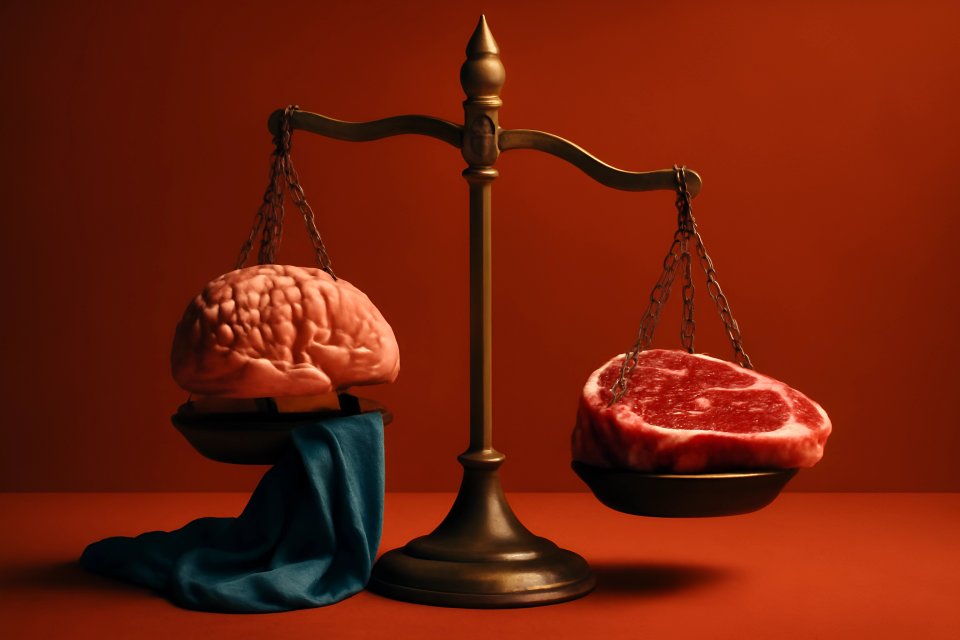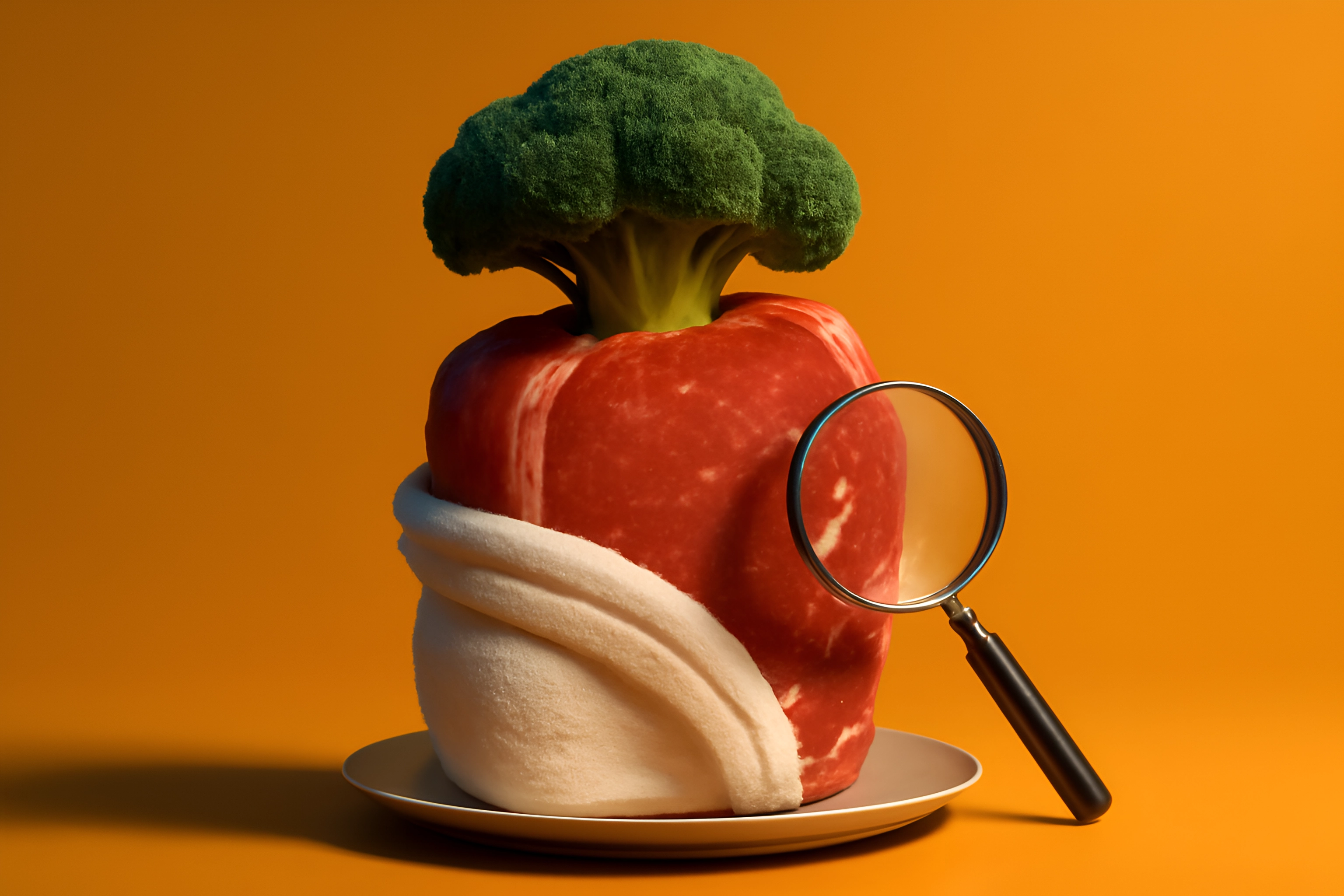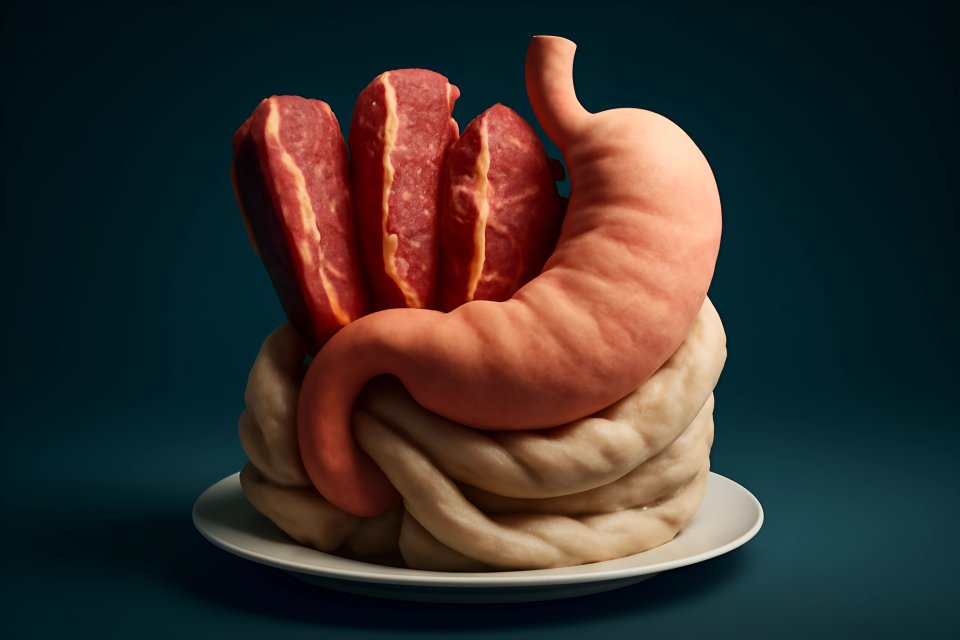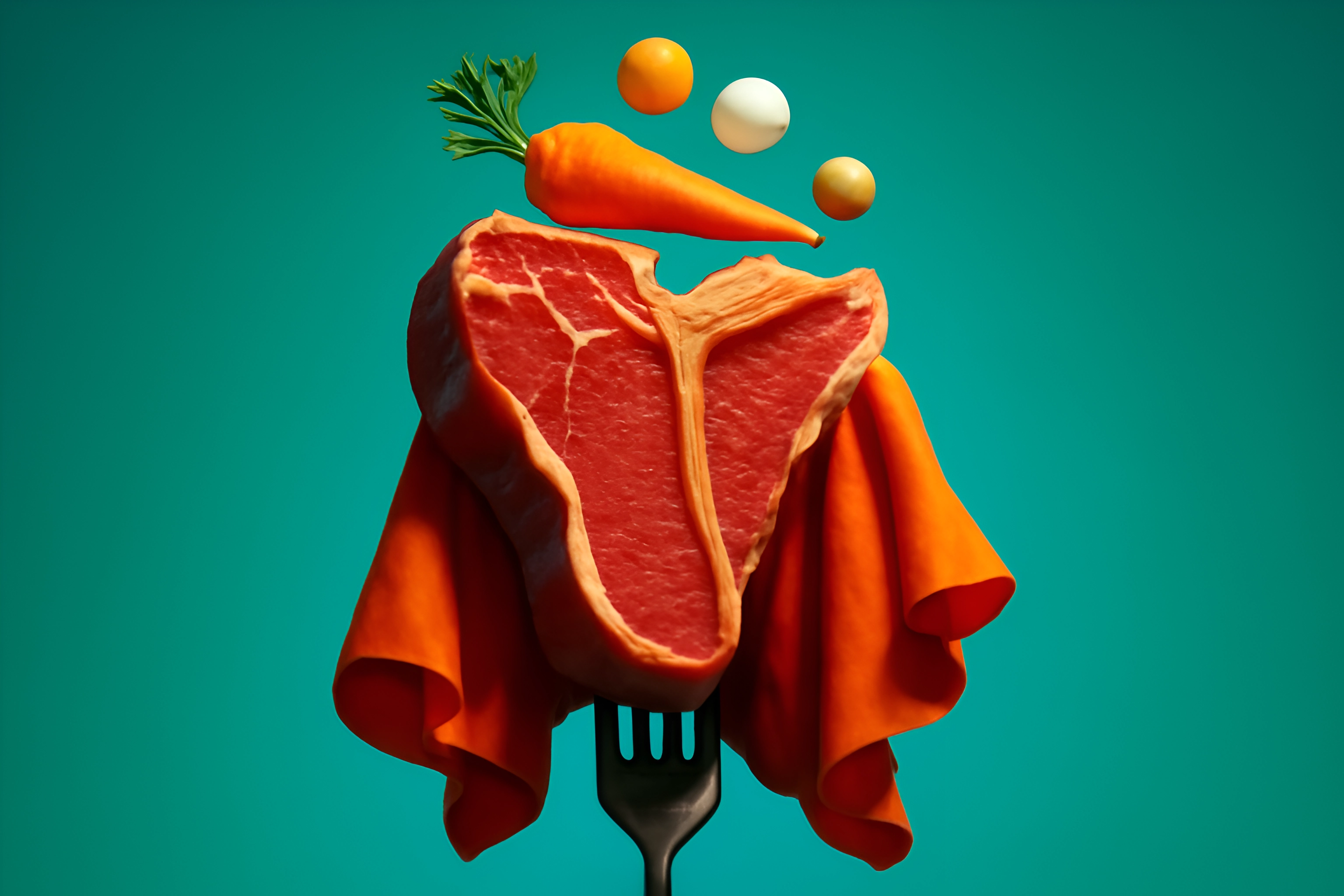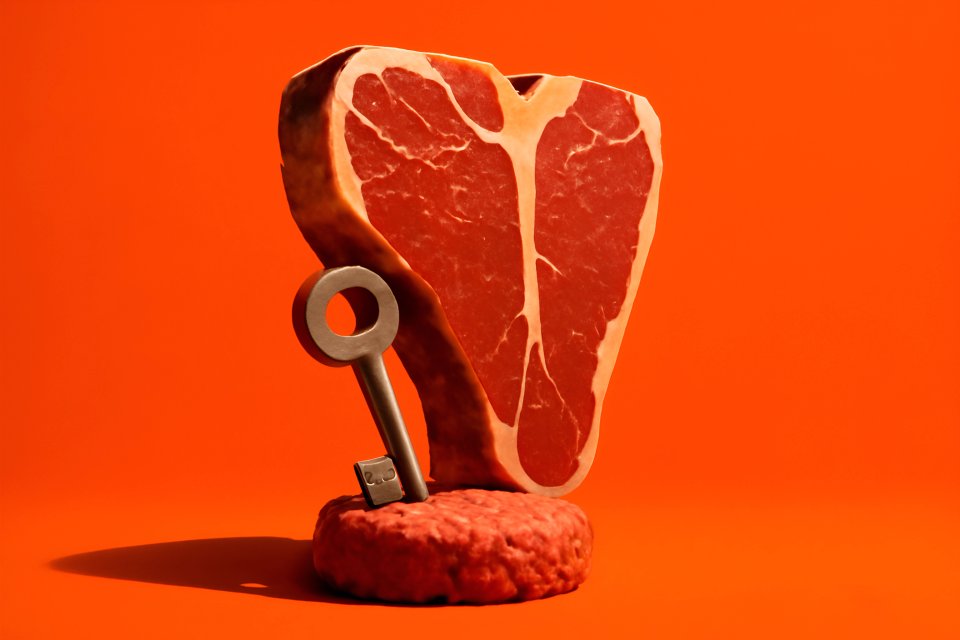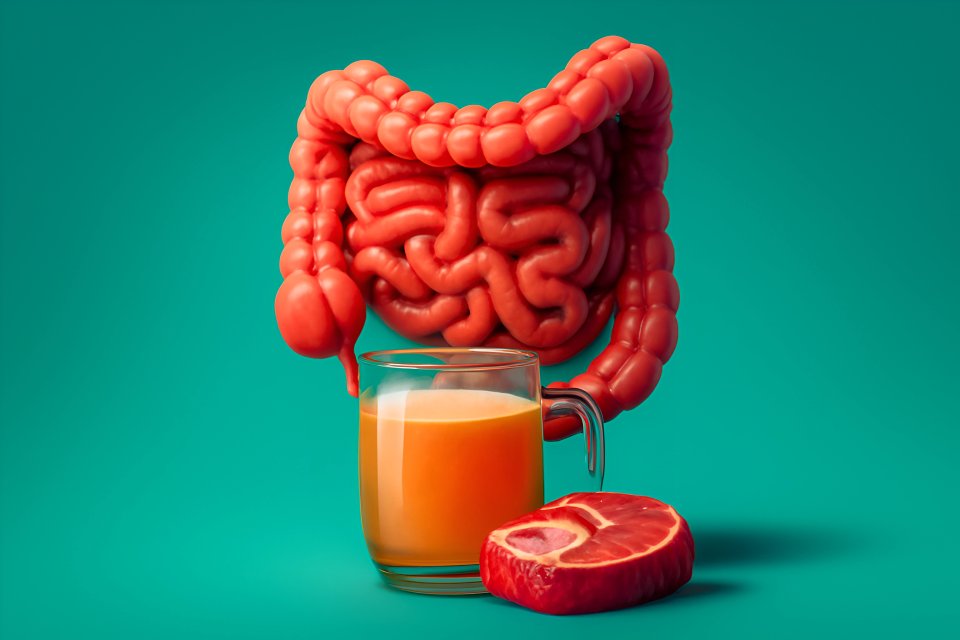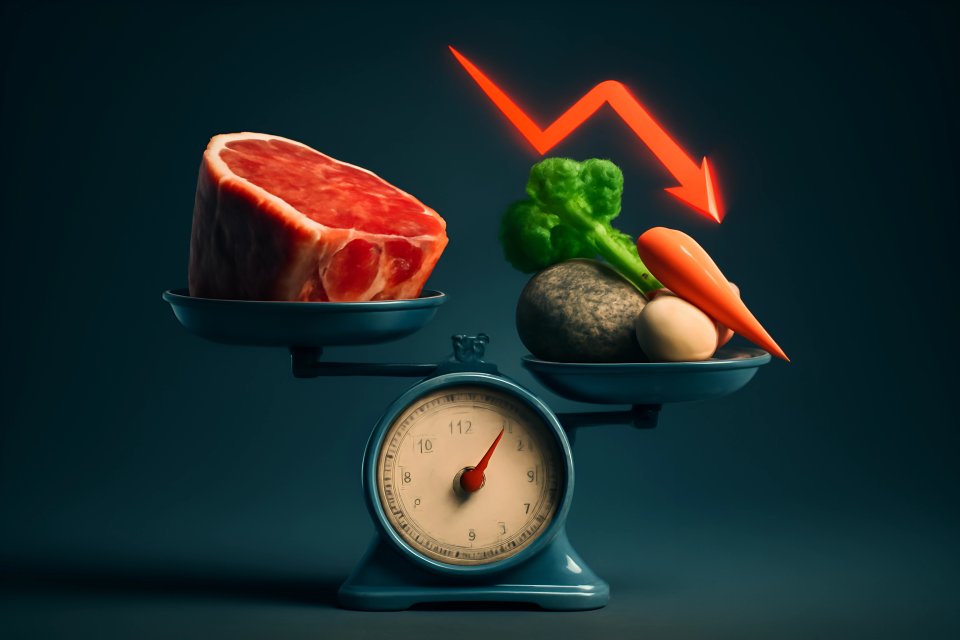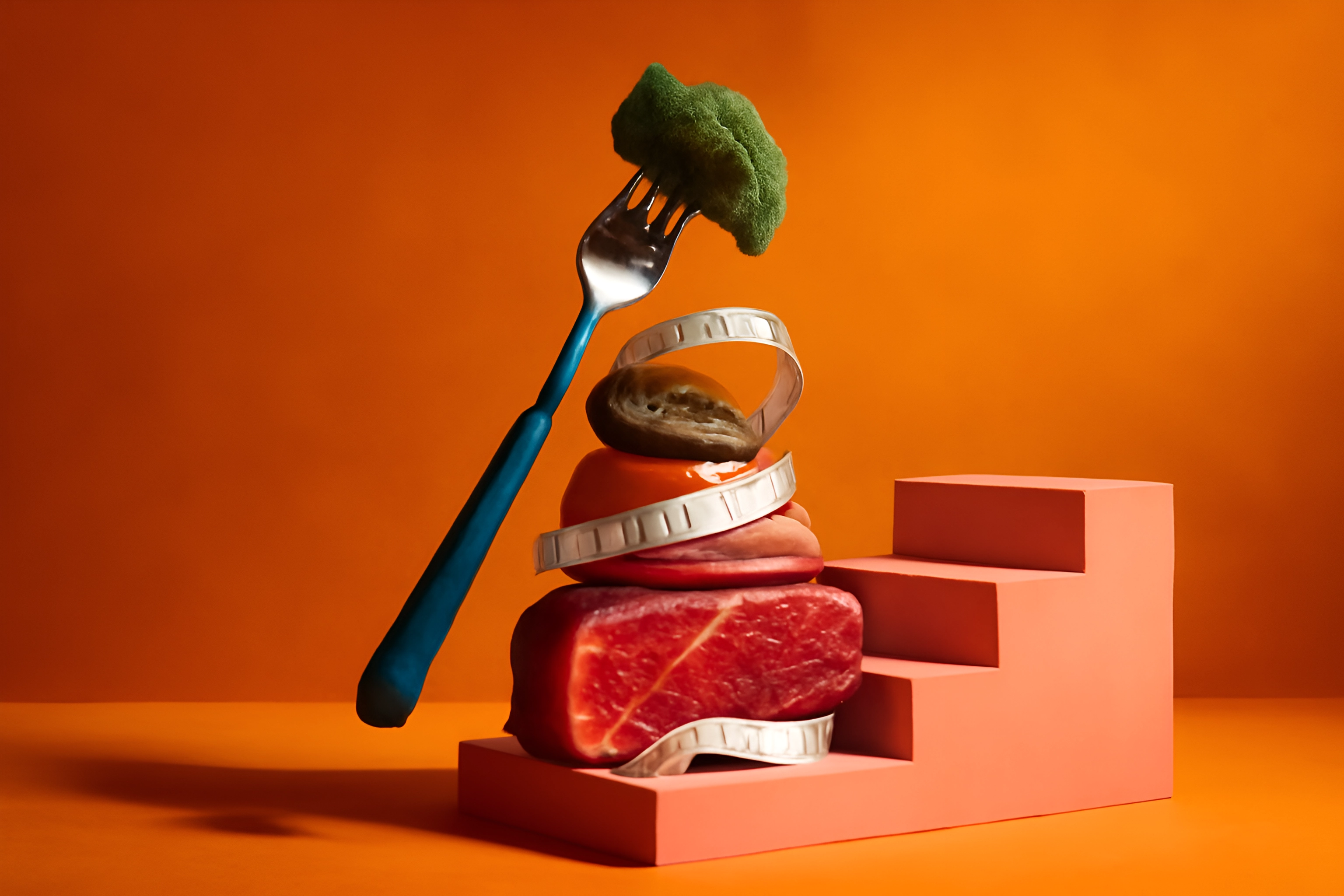
You did it. You ditched the plants, the sugar, and the toxic seed oils that were holding your health hostage. But you still feel that lingering puffiness, that nagging joint ache, or that frustrating brain fog. What gives?
The truth is, while the carnivore diet is a sledgehammer against inflammation by removing common triggers, there are levels to this healing game. True, profound healing doesn't just come from what you remove; it comes from what you intentionally add and how you prepare it. It’s about moving from simply surviving to actively thriving.
This is your no-BS guide to building carnivore meals specifically designed to crush chronic inflammation, heal your gut, and unlock a level of vitality you may have forgotten was possible. We're going beyond just eating meat. We're diving deep into the art and science of crafting the perfect anti-inflammatory plate—covering the what, the how, and the when.
The "Why": A Quick Refresher on Carnivore and Inflammation
Before we build your new healing protocol, let's quickly revisit why this way of eating is so powerful in the first place. It’s not magic; it’s biology. Your body is finally getting a break from a lifetime of inflammatory assaults.
First, you’ve eliminated the primary dietary irritants. By removing lectins, oxalates, gluten, and industrial seed oils, you’ve stopped pouring fuel on the inflammatory fire. For a deeper dive into this, we've previously covered debunking common misconceptions about the carnivore diet and plant-based irritants. This foundational step allows your immune system to stand down from high alert.
Second, you’re giving your gut a chance to heal. An animal-based diet provides the building blocks to repair the gut lining, preventing endotoxins from leaking into your bloodstream—a primary driver of systemic inflammation. A case series published in Frontiers in Nutrition documented significant clinical improvement in patients with inflammatory bowel disease who adopted a carnivore-style diet, showcasing its profound gut-healing potential. This is the core reason the carnivore diet is so effective for natural autoimmune relief.
Finally, you’ve stabilized your blood sugar and insulin levels. This breaks the vicious cycle of glucose spikes and crashes that constantly trigger inflammatory pathways in the body. A 2024 study found that while some inflammatory markers didn't change significantly, there was a notable decrease in TNF expression, a key pro-inflammatory cytokine, among carnivore diet participants. Now that we've covered the foundation, let's build on it and take your meals from good to powerfully anti-inflammatory.
Step 1: Choose Your Ingredients with Intention
This is where the real optimization begins. Not all meat is created equal, and your choices here will make or break your anti-inflammatory strategy. Think of yourself as a curator, selecting only the most powerful healing foods for your body.
The Foundation: Quality Over Quantity
Your first priority is the fatty acid profile of your food. You want to flood your body with anti-inflammatory Omega-3s and minimize pro-inflammatory Omega-6s. The easiest way to do this is by choosing grass-fed and pasture-raised meats. According to the British Heart Foundation, grass-fed animal products have a much healthier Omega-3 to Omega-6 ratio compared to their grain-fed counterparts.
The undisputed superstars of anti-inflammatory eating are wild-caught fatty fish. Salmon, sardines, mackerel, and herring are loaded with the potent Omega-3s EPA and DHA, which are your body's frontline defense against inflammation. Make these a regular, non-negotiable part of your weekly rotation.
The Power Players: Nutrient-Dense Heroes
Next, you must incorporate nature's multivitamins: organ meats. Beef liver and heart are packed with anti-inflammatory nutrients like Vitamin A, B vitamins, copper, and CoQ10. These aren't optional add-ons; they are essential tools for deep cellular repair.
Don't forget the power of connective tissue and bone broth. The glycine and collagen found in these foods are critical for healing the gut lining and soothing joint inflammation. You can learn exactly how to boost gut healing with carnivore-friendly bone broth recipes to make this a staple. Finally, embrace high-quality animal fats like tallow, lard, and ghee from grass-fed sources. These stable fats provide clean, non-inflammatory energy.
The "Use with Caution" List
Be ruthless about what you allow on your plate. Many so-called "carnivore-friendly" foods can harbor hidden inflammatory triggers. Processed meats like conventional bacon and sausage are often loaded with sugars, fillers, and preservatives that can sabotage your progress. A 2017 study in the American Journal of Clinical Nutrition confirmed that while lean red meat did not raise inflammatory markers, processed meats often did.
Conventional dairy can also be problematic due to A1 casein, a protein that triggers an inflammatory response in many people. If you consume dairy, opt for ghee (which has the milk solids removed) or A2 dairy from goats or sheep. Lastly, be mindful of high-histamine foods like aged or cured meats if you are particularly sensitive, as they can mimic inflammatory symptoms.
Step 2: Master Anti-Inflammatory Cooking Methods
How you cook your food is just as important as what you cook. Your goal is simple: preserve as many nutrients as possible while avoiding the creation of new inflammatory compounds. High heat is not your friend on this healing journey.
Your Go-To Methods
Your number one choice should always be slow and low. Methods like braising, stewing, and slow-cooking are gentle on delicate fats and proteins. They also break down tough connective tissues, making nutrients like collagen and glycine more bioavailable for your body to use in gut and joint repair. These methods are the foundation for creating truly ultimate carnivore recipes for inflammation reduction.
For the perfectionist, sous vide is an excellent tool. It guarantees that you never overcook your meat, preserving the integrity of its fats and proteins perfectly. For steaks and burgers, a light sear in a cast-iron pan with plenty of tallow or ghee is ideal. The key is to cook it to your desired temperature quickly and avoid prolonged exposure to high heat.
Methods to Minimize
You need to be extremely cautious with high-heat cooking methods like grilling, charring, and broiling. As explained by Harvard's School of Public Health, these methods can create harmful compounds like Advanced Glycation End-products (AGEs) and Heterocyclic Amines (HCAs). These compounds are highly pro-inflammatory and create oxidative stress in the body, directly working against your healing goals.
If you absolutely must grill, do it smarter. Cook at lower temperatures, flip the meat often to prevent any one side from getting too hot, and always trim off any blackened, charred bits before eating. Think of char as a visible sign of inflammation that you do not want inside your body.
Step 3: Optimize Meal Timing and Composition
Now we get to the when. By being strategic with your meal timing and composition, you can amplify the anti-inflammatory effects of your food choices and cooking methods. This is about giving your body the time and resources it needs to heal.
Fat-to-Protein Ratio
For maximum inflammation reduction, many people find success with a higher fat-to-protein ratio, aiming for 70-80% of their daily calories from fat. This helps keep your body in a deeper state of nutritional ketosis. Ketones themselves have powerful anti-inflammatory properties. You can easily increase your fat intake by adding a tablespoon of tallow to your ground beef, choosing fattier cuts like ribeye over sirloin, and prioritizing fatty fish.
Meal Frequency
Less is more. Instead of grazing throughout the day, aim for two or three large, satisfying meals. This approach, often called intermittent fasting, gives your digestive system a much-needed rest. According to the Cleveland Clinic, this rest period reduces immune activation in the gut and promotes autophagy, your body's cellular cleanup process that removes damaged cells and reduces inflammation. For a detailed breakdown, you can explore our guide on integrating intermittent fasting and the carnivore diet for optimized metabolic health.
Hydration & Minerals
Never underestimate the basics. Dehydration is a physical stressor that can directly trigger an inflammatory response. Ensure you are drinking plenty of clean, filtered water throughout the day. Just as important is maintaining your electrolyte balance with a high-quality, unrefined salt like Redmond Real Salt. Proper mineral balance is absolutely crucial for healthy cellular function and keeping inflammatory stress signals at bay.
Putting It All Together: A Sample Day of Anti-Inflammatory Carnivore Meals
Let's see what this looks like in practice. This isn't about restriction; it's about strategic, nutrient-dense feasting. You can use our customizable carnivore meal plans for advanced gut healing to build out your entire week.
Meal 1 (11 AM): The Nutrient-Dense Start
What: 3-4 pasture-raised eggs scrambled in grass-fed ghee, served with 2 oz of pan-seared beef liver and a side of wild-caught smoked salmon.
Why it Works: This meal is an absolute powerhouse of choline from the egg yolks, bioavailable Vitamin A and B12 from the liver, and potent anti-inflammatory Omega-3s from the salmon. It provides your body with the raw materials for cellular repair and brain function without an energy crash.
Meal 2 (6 PM): The Gut-Healing Finisher
What: A generous portion of slow-cooked beef chuck roast (cooked with the bones in) served in its own juices, with a dollop of grass-fed tallow melted on top. Enjoy a warm mug of homemade bone broth on the side.
Why it Works: This meal is rich in collagen and glycine from the slow-cooked connective tissue and bone broth, which directly soothes and heals the gut lining. The clean, stable energy from the tallow and beef fat will carry you through the night and into the next day, promoting deep, restorative sleep. For more ideas, check out these 5 gut-healing carnivore recipes to boost digestive health.
Conclusion: Your Body Knows the Way
This isn't just another diet plan. This is a roadmap to taking back control of your health. Remember the three core steps: 1) Choose high-quality, nutrient-dense ingredients with intention, 2) Use gentle, low-heat cooking methods, and 3) Be strategic with your meal timing and composition to give your body time to heal.
View this not as a rigid set of rules, but as a toolkit for listening to your body. Reducing inflammation is a journey of radical self-care, and every single optimized meal you eat is a powerful step toward profound, lasting healing. You have the power to turn your plate into your greatest ally.
What is your favorite anti-inflammatory carnivore meal? Share your go-to recipe in the comments below to inspire the community!
For more in-depth guides and healing protocols, make sure to sign up for the HealingCarnivore newsletter.
